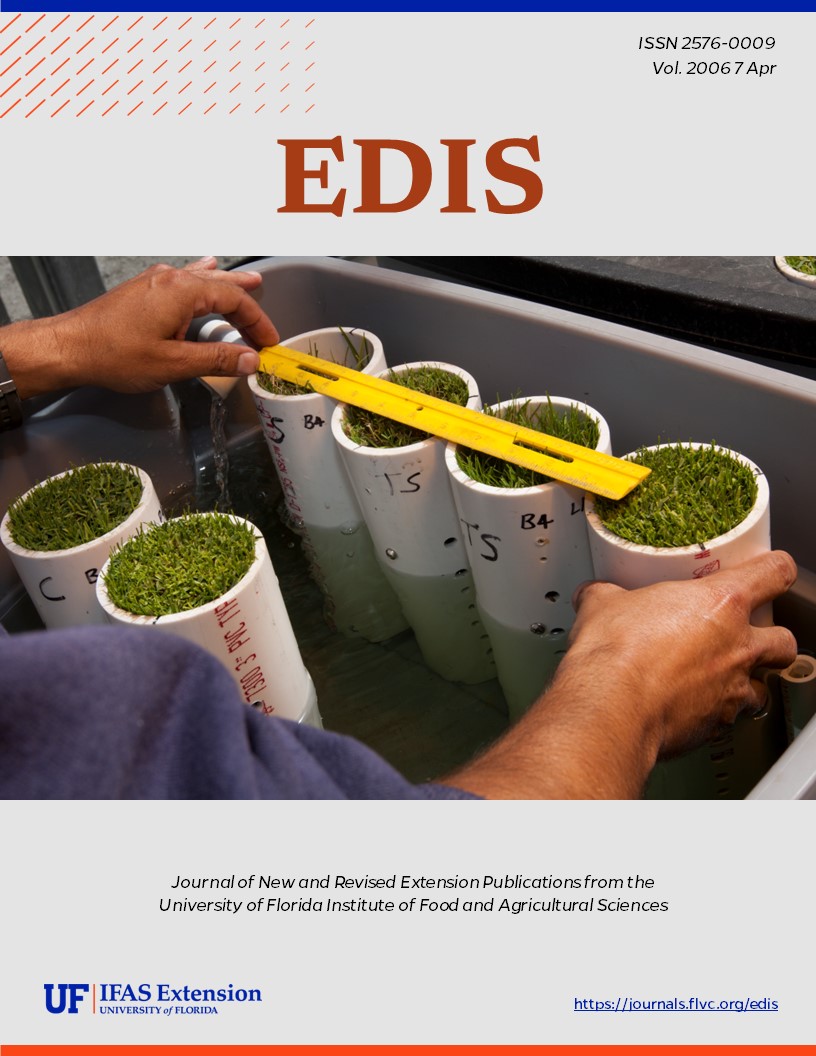Abstract
Pentastomes are worm-like parasites that infect various fish species, such as tilapia, danios, flagfish, and swordtails. These parasites, resembling small segmented grubs, are more closely related to crustaceans like fish lice than to true worms. Pentastomes have an indirect life cycle involving reptilian final hosts, such as turtles, alligators, and snakes. The life cycle includes the deposition of eggs by adult pentastomes in the reptile's respiratory system, which are then excreted and ingested by fish hosts, where larvae develop into nymphs. Infected fish may exhibit significant tissue damage, depending on the fish species and parasite load. Diagnosis involves identifying characteristic lesions and parasites through microscopy. No effective chemical treatments exist; thus, prevention focuses on controlling reptilian hosts and maintaining pond hygiene. Infected fish usually require culling to manage outbreaks effectively. Early recognition and preventative measures are crucial to minimize infection rates in aquaculture settings. Document first published March, 2002.
References
Boyce, W.M., Kazacos, E.A., Kazacos, K.R. and Engelhardt, J.A. 1987. Pathology of Pentastomid Infections (Sebekia mississippiensis) in Fish. Journal of Wildlife Diseases, 23(4): 689-692.

This work is licensed under a Creative Commons Attribution-NonCommercial-NoDerivatives 4.0 International License.
Copyright (c) 2006 UF/IFAS

